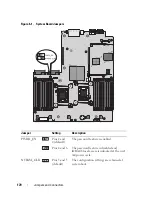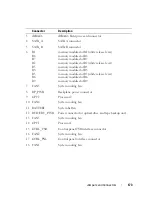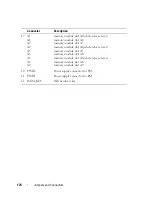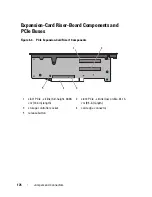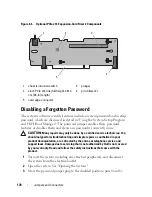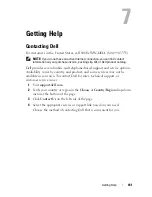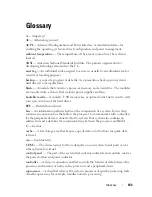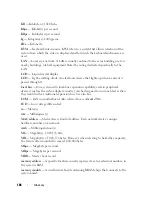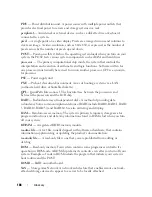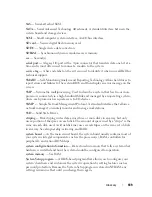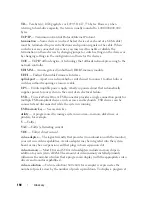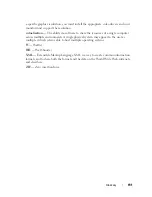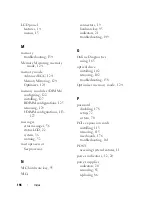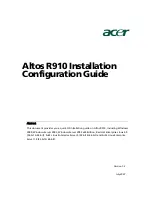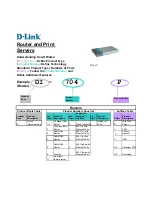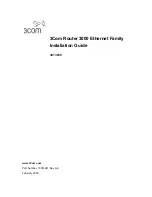
Glossary
183
Glossary
A
— Ampere(s).
AC
— Alternating current.
ACPI
— Advanced Configuration and Power Interface. A standard interface for
enabling the operating system to direct configuration and power management.
ambient temperature
— The temperature of the area or room where the system is
located.
ANSI
— American National Standards Institute. The primary organization for
developing technology standards in the U.S.
asset tag
— An individual code assigned to a system, usually by an administrator, for
security or tracking purposes.
backup
— A copy of a program or data file. As a precaution, back up your system’s
hard drive(s) on a regular basis.
blade
— A module that contains a processor, memory, and a hard drive. The modules
are mounted into a chassis that includes power supplies and fans.
bootable media
— A diskette, USB memory key, or optical media that is used to start
your system in lieu of the hard drives.
BTU
— British thermal unit.
bus
— An information pathway between the components of a system. Your system
contains an expansion bus that allows the processor to communicate with controllers
for the peripheral devices connected to the system. Your system also contains an
address bus and a data bus for communications between the processor and RAM.
C
— Celsius.
cache
— A fast storage area that keeps a copy of data or instructions for quick data
retrieval.
cm
— Centimeter(s).
COM
n —
The device names for the serial ports on your system. Serial ports can be
either physical or virtual.
control panel
— The part of the system that contains indicators and controls, such as
the power button and power indicator.
controller
— A chip or expansion card that controls the transfer of data between the
processor and memory or between the processor and a peripheral device.
coprocessor
— A chip that relieves the system’s processor of specific processing tasks.
A math coprocessor, for example, handles numeric processing.
Summary of Contents for PowerVault DL2100
Page 1: ...Dell PowerVault DL2100 Systems Hardware Owner s Manual ...
Page 54: ...54 About Your System ...
Page 164: ...164 Troubleshooting Your System ...
Page 180: ...180 Jumpers and Connectors ...
Page 182: ...182 Getting Help ...
Page 192: ...192 Glossary ...
Page 200: ...200 Index ...


